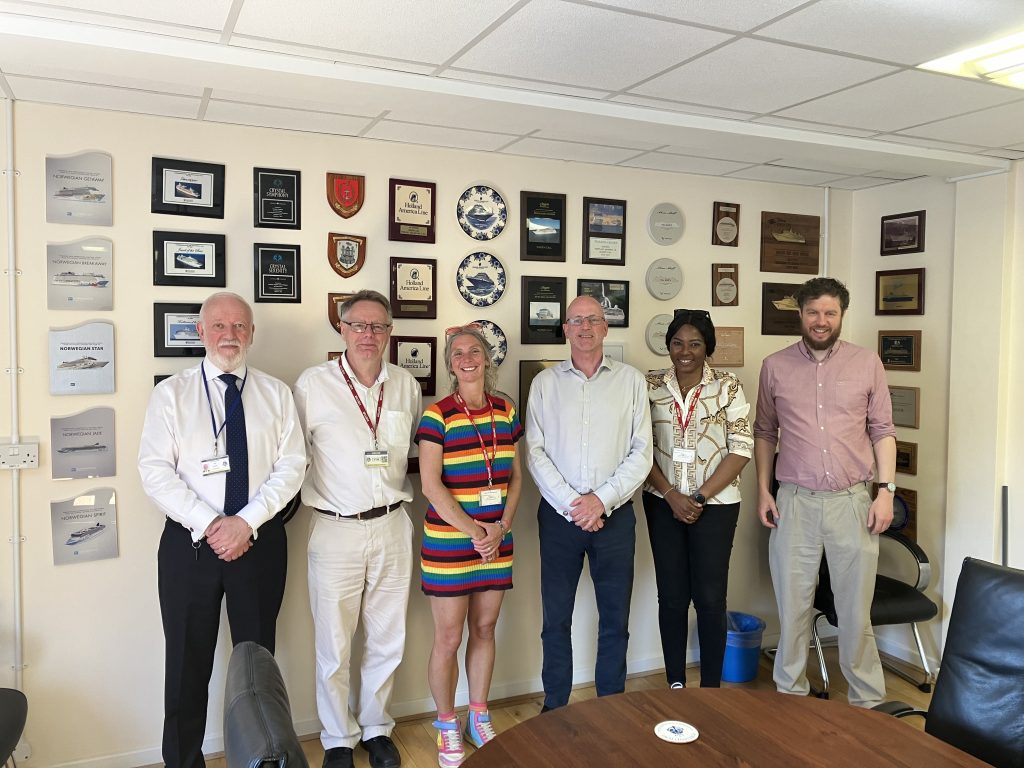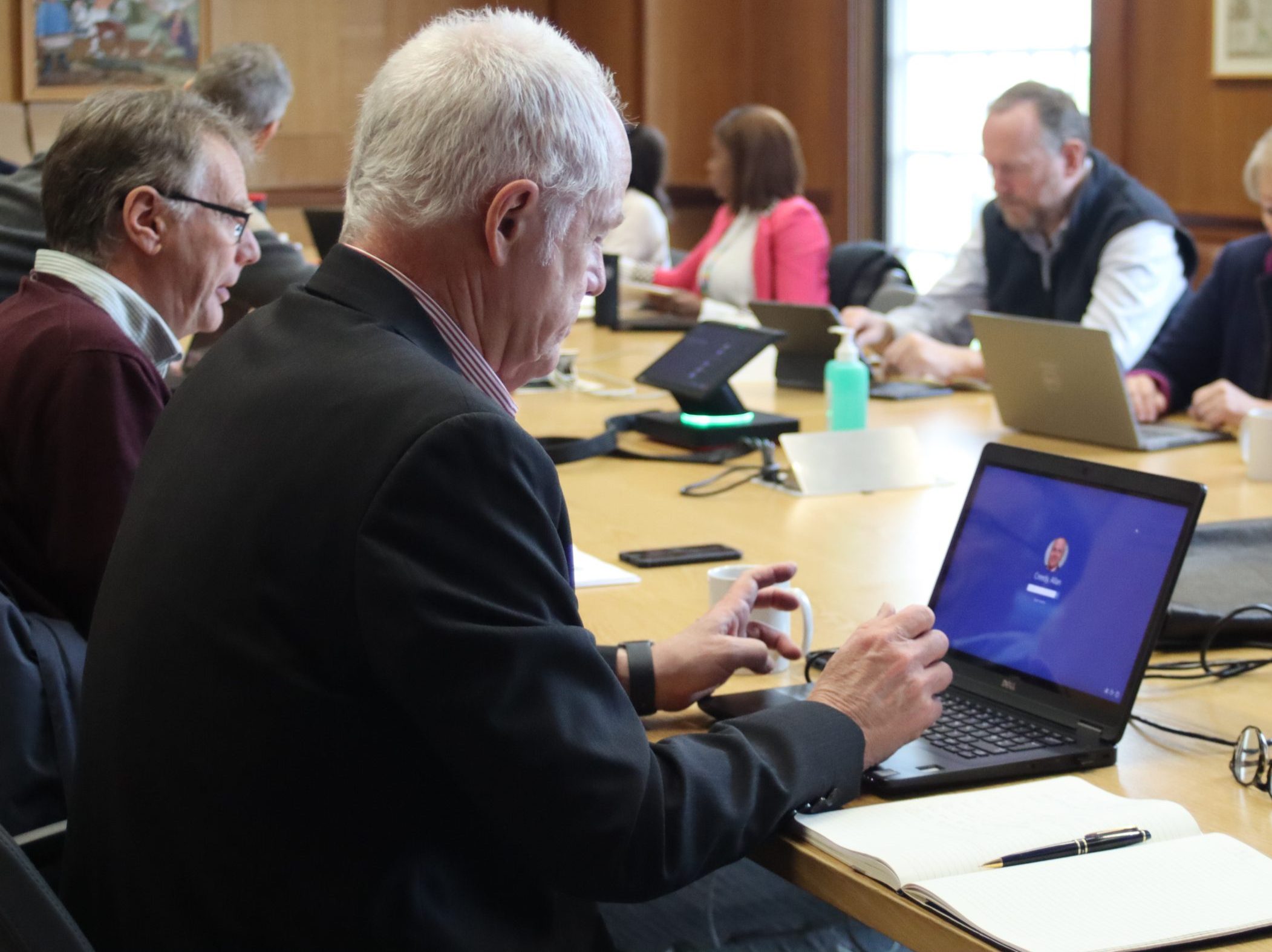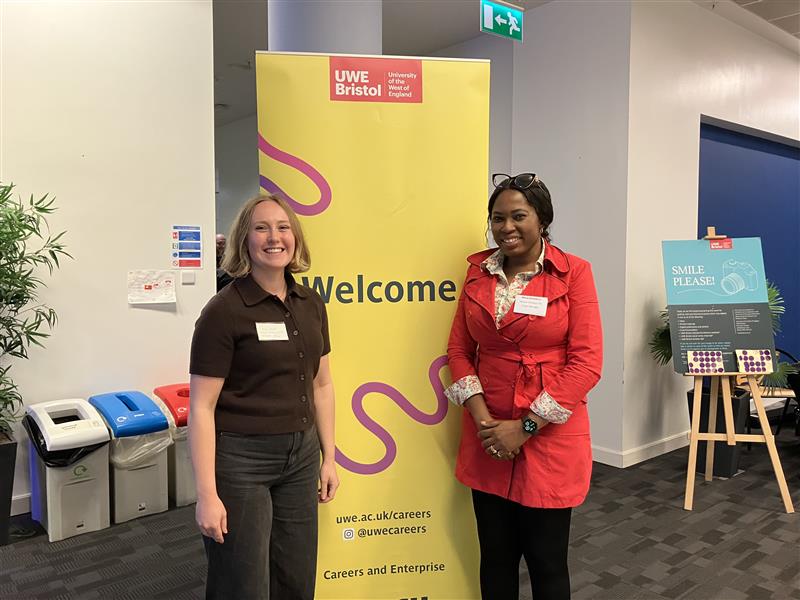In mid-June, the Western Gateway STB team made use of many modes of transport, by walking, cycling, and travelling by bus and train to the South Coast, where they explored Weymouth, Dorchester, Poole, Bournemouth and Christchurch. The purpose of the trip was to:
- gain a better understanding of this part of our region;
- assess the high priority Strategic Investment Plan (SIP) schemes in the area;
- visit the key south coast ports – Portland and Poole – and gain a better understanding of their operations and aspirations;
- review potential cycle routes forming part of our recently-approved cycling network;
- experience rail services in the area and review the regional rail schemes
- Meet the operators soon to launch one of our rural mobility pilot projects – a weekend shuttle bus between Bridport and West Bay
- build relationships with key stakeholders and local authority officers
We thoroughly enjoyed the trip to the South Coast, and look forward to planning similar trips to other areas of the region including Gloucestershire and Wiltshire to raise awareness of the STB work, meet stakeholders in person and gain a better understanding of the strategic transport challenges across the region. We express our biggest thanks to everyone at Portland Port, Dorset Council, Dorset Community Transport, Poole Harbour Commissioners and Bournemouth, Christchurch & Poole Council for giving up their time to see us and answer all our questions.
We’ll be sharing a full report soon.


